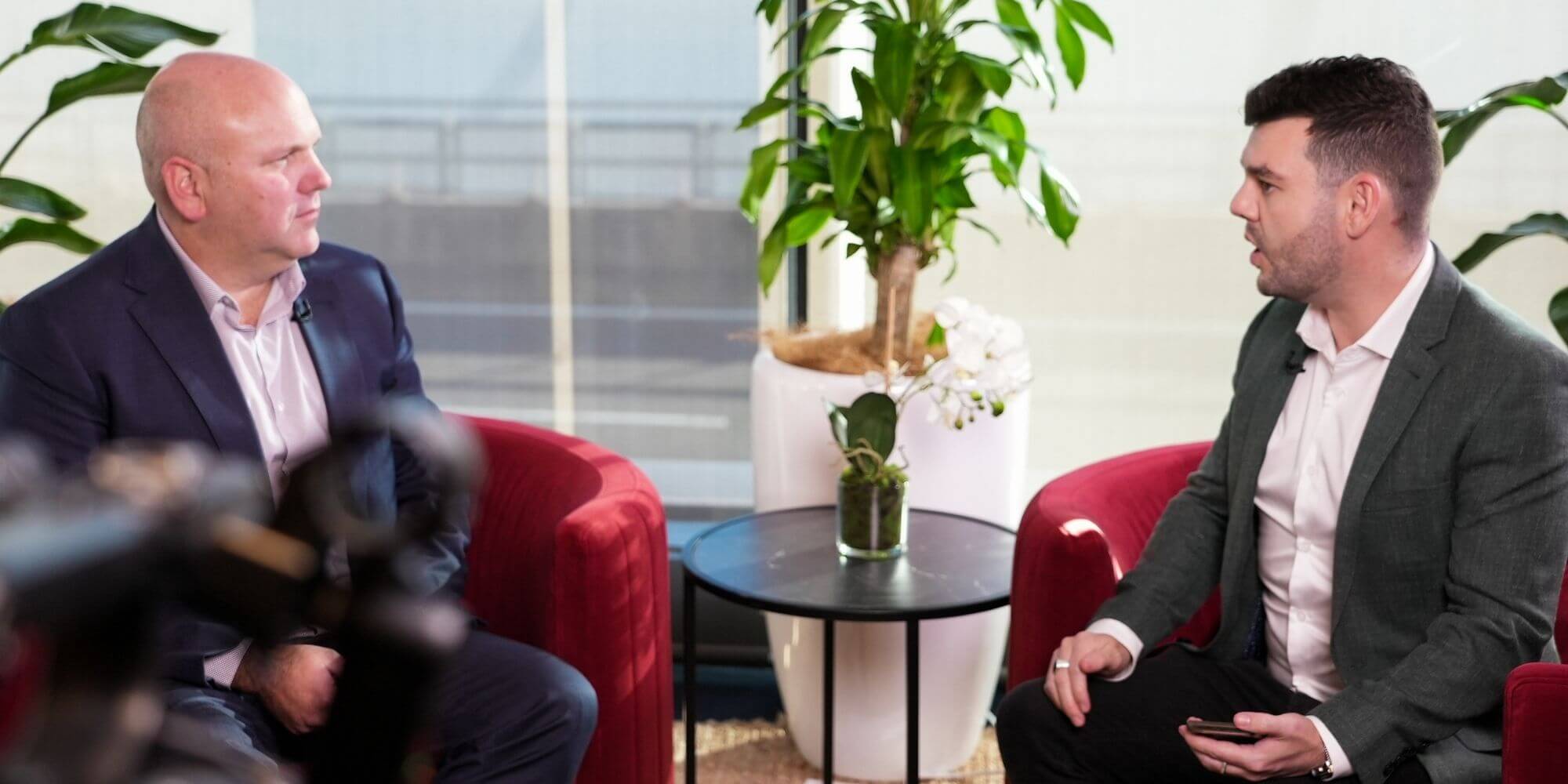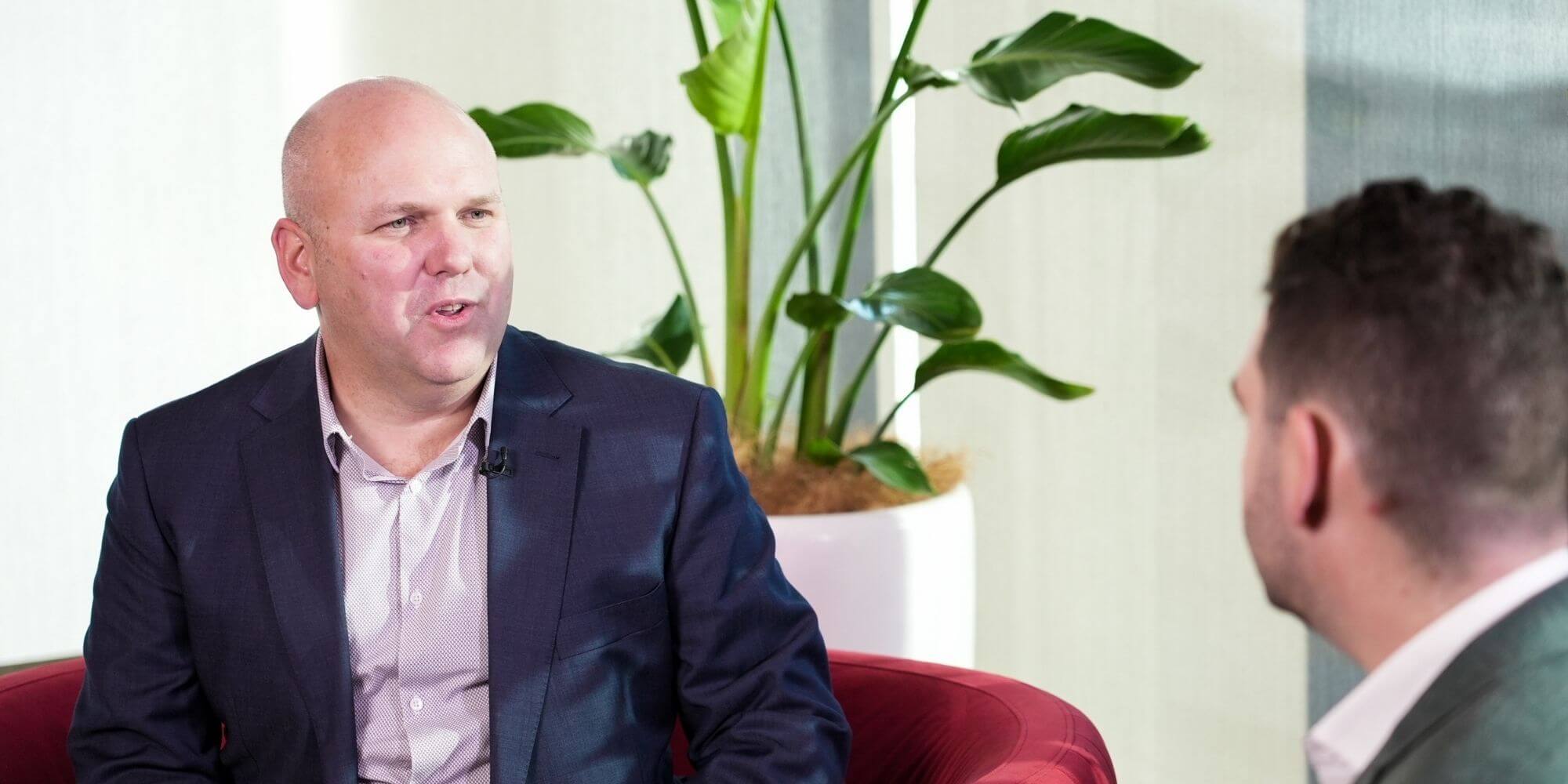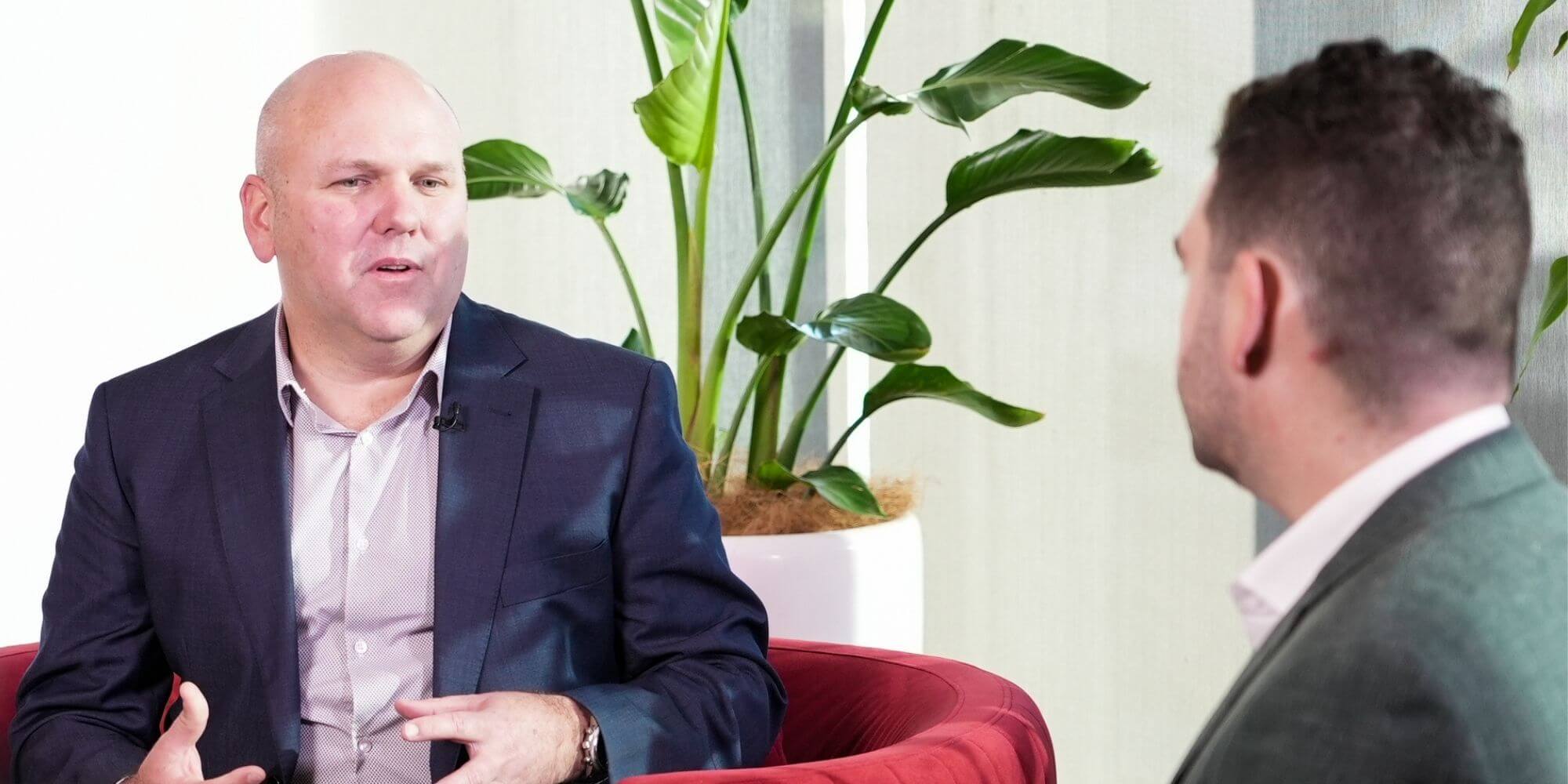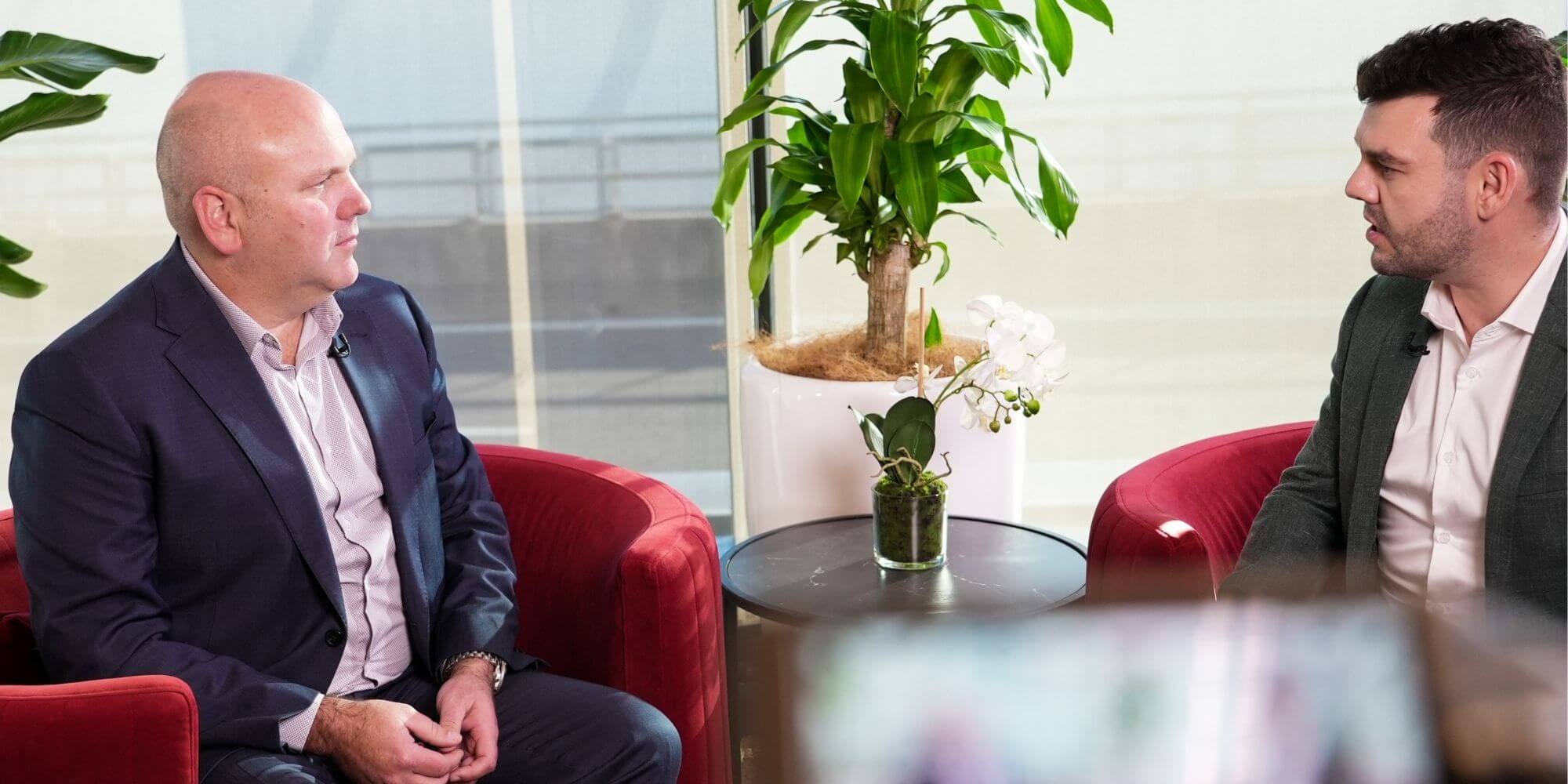As CIO of the Australian Red Cross, Brett Wilson is constantly seeking new ways to provide fast and tailored services to Australia’s most vulnerable people through digital innovations.
Speaking with ADAPT’s Digital Edge Partner, Matthew Hanley, Brett discusses how he overlaid geographical datasets to provide targeted services to the most affected areas of the recent NSW floods.
He shares how Australian Red Cross’s new platform for donors and volunteers enables access to personalised skills programmes, tax invoices, and an online community.
Brett also shares how their digital literacy education programme will upskill their staff for autonomous innovation.
Transcription:
Brett Wilson:
Our organisational goal is to provide humanitarian disaster and emergency relief to as many people as possible. Through digital technologies, do that in the most efficient, seamless way possible.
Matthew Hanley:
Awesome. We’re here today at Digital Edge. We’ve got probably 140 Chief Digital Officers and Heads of Customer Experience. These execs are responsible for transforming how their organisations operate and driving the transformation and customer experience within their organisations.
2020 was the coming of age for the CIO, Chief Digital Officers and the whole technology team. They were seen as the strategic advisor to the board and the CEO when the COVID crisis.
How did you see that evolve within your organisation or the industry, and how do CIOs, tech leaders keep that perception in the business to keep on getting that business transformation to happen?
Brett Wilson:
2020 increased the velocity of many digital transformations dramatically, and it wasn’t by choice; it was by necessity as well.
What I saw was we looked at the way how we could digitise that front end of a very manual process-driven environment, where we had people initially, and then we had to digitise that process.
We moved to online tools associated with that. Regarding Red Cross, where we were in 2020, we’re a very human touch organisation in the office every day.
Overnight, we almost had to turn around and digitise that process around different ways of working. It meant that we keep that momentum and velocity going and make sure that we don’t stop.
It’s about continuing and ensuring that we are adding value and ensuring that everyone from the ground up to the board understands the value of digitising and potentially as much as we can.
Matthew Hanley:
ADAPT’s research has recently shown a big misalignment of executives, leaders and projects happening within organisations.
How do you get that digital literacy at the board level, at the executive level, and the end-users and employees within the organisation embracing new tools, new ways of working and coming on the journey with the CIO?
Brett Wilson:
Digital literacy at all levels in the organisations is important, from the board down to the person using the tool at the end.
We’re looking at the moment is an education programme with the board to make sure that everyone is on a level playing field.
They understand the impact of how digital technologies could impact the Red Cross positively.
Then what we’re looking at is doing some specific education programmes around down to everybody from our volunteers.
We’re hoping to get out of that because the more digital literate we can make people, the better they can come up with different ideas and different ways of working through a digital lens.”
Matthew Hanley:
When it comes to change, what we hear as well is people and culture are sometimes the success but also the barrier to that change happening effectively.
It’s been about embracing new systems, new tools, new ways of working. Do you have any hot tips that you might be able to share that you’ve seen have been successful within your organisation?
Brett Wilson:
Look, people and culture in our organisation are a fantastic area focusing much on change and building up that change management.
For digital and the initiatives to be successful, the individual needs to understand who’s using the tools or the technology at the end, how it will affect them, and the value that they’re going to get out of it.
It may also mean they might do 10 steps now, and then it might be down to two steps later on. What will they be able to do with that additional time to add value back to the organisation?
Matthew Hanley:
One area that I like to touch on today is digital technology. How is your organisation utilising digital technology to push the industry forward?
Brett Wilson:
We started on a digital acceleration programme last year, and it’s at a point where we’re live in several states at the moment.
What it was, it was creating that foundational capability for that whole digital experience.
No matter whether you come in as a regular giver or a donor, a once-off donor, or you might come in as a volunteer, you will have a seamless experience to jump between the three.”
Depending on where you are in that process, it might jump you to give you your tax invoices for your donations.
Still, it also might look into where your availability and where your skills are and then match you up to some volunteer exercises.
For us, it’s about getting the most use of the resources that we have but engaging with our members and volunteers and staff to create that seamless experience.
Matthew Hanley:
In terms of data, how is data making an impact on your business? It’s a big theme at the event today.
Every organisation is trying to be a data-driven organisation. Levels of maturity across Australia are up and down, but where do you see data being key for you moving forward?
Brett Wilson:
Well, data is one of those renewable resources. It’s something you can use over and over again.
For us, we’re very fragmented at the moment around data. We plan to use this to help us make decisions around assisting humanity in emergencies and disasters.
We have recently used it and the floods up in New South Wales, where we overlaid a geo data set of the floods and where they affected houses. Then we focused on those areas to make sure that those individual people who were there were okay.”
As we expand and become more mature around the data space, we will determine whether we can share that information with other NFPs or other government organisations to show where we’re seeing that humanitarian effort needed.






























